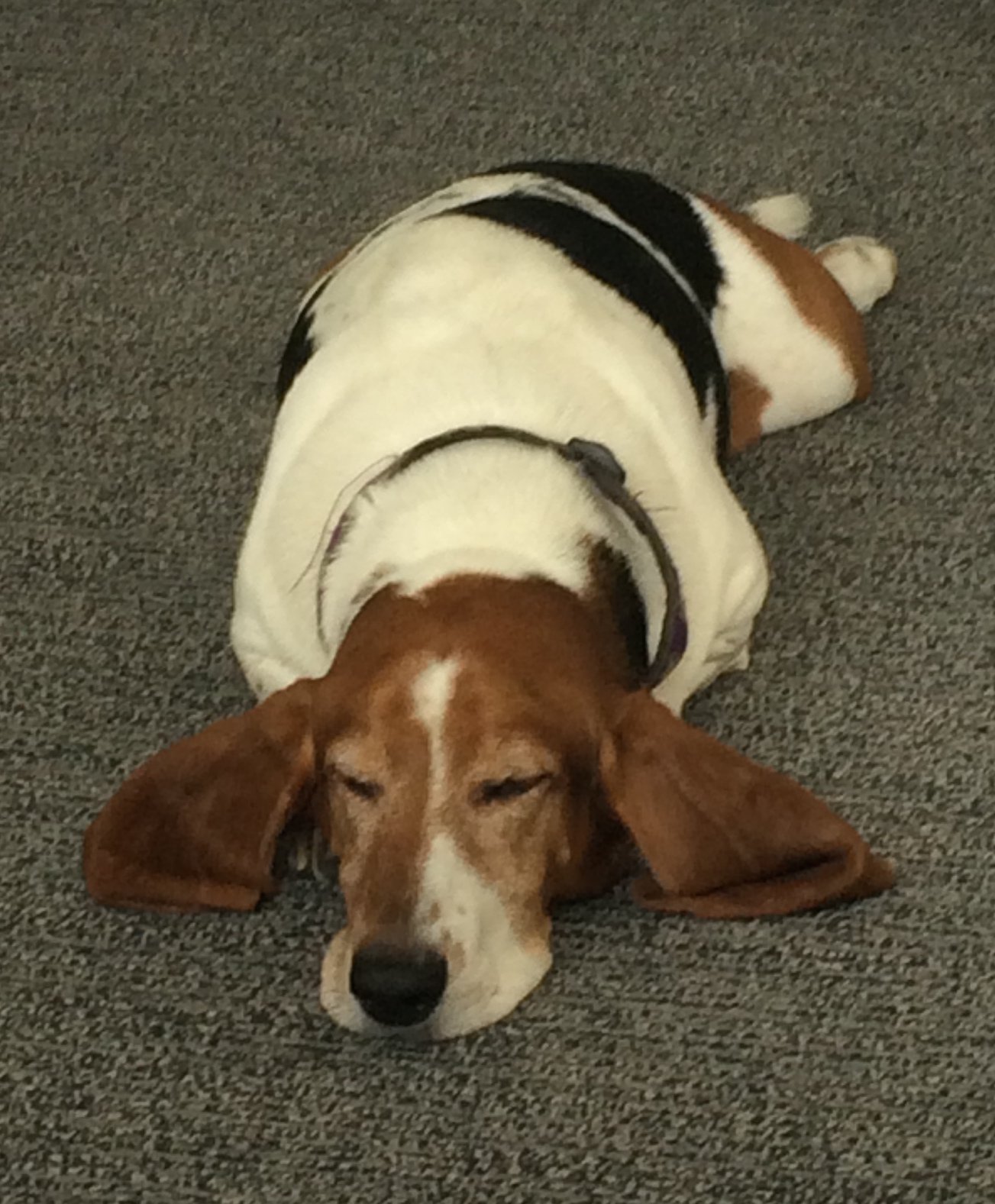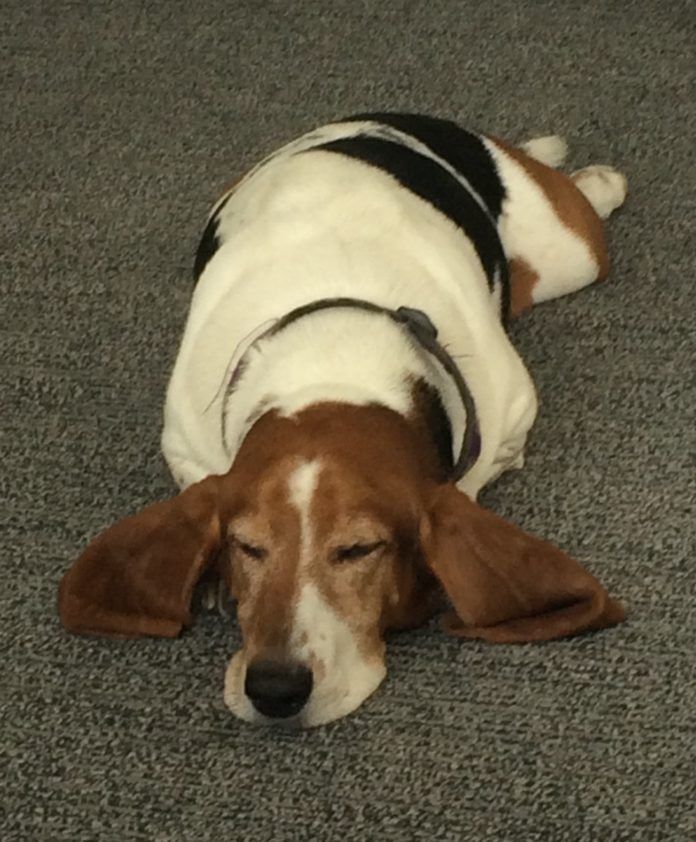Q I have always cleaned the floppy ears of my bassett hound, Murray, with cotton swabs like Q-Tips, but a friend of mine told me that could hurt him. Is that true, or is it just an urban myth?
Alison Ada
Cambridge, Massachusetts

Dear Ms. Ada,
A It’s true. Cotton swabs may be fine for people who use them correctly, but a dog’s ear canal is long, bent, and tapered, with a vertical part near the outside leading to a horizontal stretch further in. The issue is that the tip of a cotton swab inserted into the outer vertical part begins to fill the entire diameter of the ear canal as it approaches the bend. That results in wax and other detritus being pushed deeper and deeper into the canal — the opposite result of what you want, which is for dirt to be removed, not lodged more tightly.
If someone with a particularly heavy hand applies enough pressure, wax and related debris might be pushed right through the eardrum. Sometimes the force of the pushing is great enough that the cotton swab itself actually perforates the eardrum.
That said, you’re right to want to clean Murray’s ears. A floppy-eared dog like a cocker spaniel or basset hound should have his ears cleaned once a week, or at least once every two weeks. So should dogs with narrow ear canals, like shar peis, and a number of brachycephalic breeds, like pugs, in addition to dogs who live in humid climates where wax buildup may be more likely. Accumulating debris is more likely to lead to otitis — inflammation of the external ear that is almost always accompanied by a bacterial or yeast infection. Prick ears, like those on, say, a German shepherd, will probably remain clean on their own.
But how to do the cleaning properly? With a dropper that dispenses a commercial liquid cleaning solution, such as Epi-otic, Otoclean, Malacetic Ear Cleaner, Oti-clens, or Douxo micelar ear solution. The liquid contains a gentle detergent that dissolves or loosens earwax and, usually, a drying agent that also acidifies. An acidic pH inside the ear prevents the growth of bacteria and other offending microorganisms.
Once you apply the drops (a small dog will need about four per ear canal, a larger dog, about 12 — follow the package directions), softly massage your dog’s ear at its base to gently distribute the fluid. Keep your dog from trying to shake out the solution for as long as possible. Finally, he will vigorously shake his head to remove the liquid, which he will find annoying, and out with the liquid will come the debris. At that point, if you want, you can wipe the part of Murray’s ears that you can see with the cloth. Don’t dig into the ear to wipe parts that are not visible.





